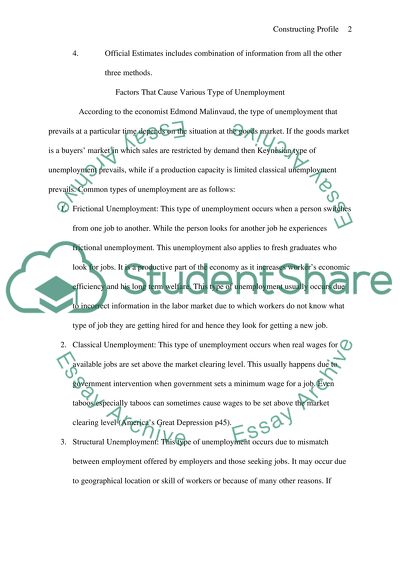Cite this document
(“Unemployment and Labor Force Essay Example | Topics and Well Written Essays - 1000 words”, n.d.)
Retrieved from https://studentshare.org/politics/1508292-unemployment-and-labor-force
Retrieved from https://studentshare.org/politics/1508292-unemployment-and-labor-force
(Unemployment and Labor Force Essay Example | Topics and Well Written Essays - 1000 Words)
https://studentshare.org/politics/1508292-unemployment-and-labor-force.
https://studentshare.org/politics/1508292-unemployment-and-labor-force.
“Unemployment and Labor Force Essay Example | Topics and Well Written Essays - 1000 Words”, n.d. https://studentshare.org/politics/1508292-unemployment-and-labor-force.


